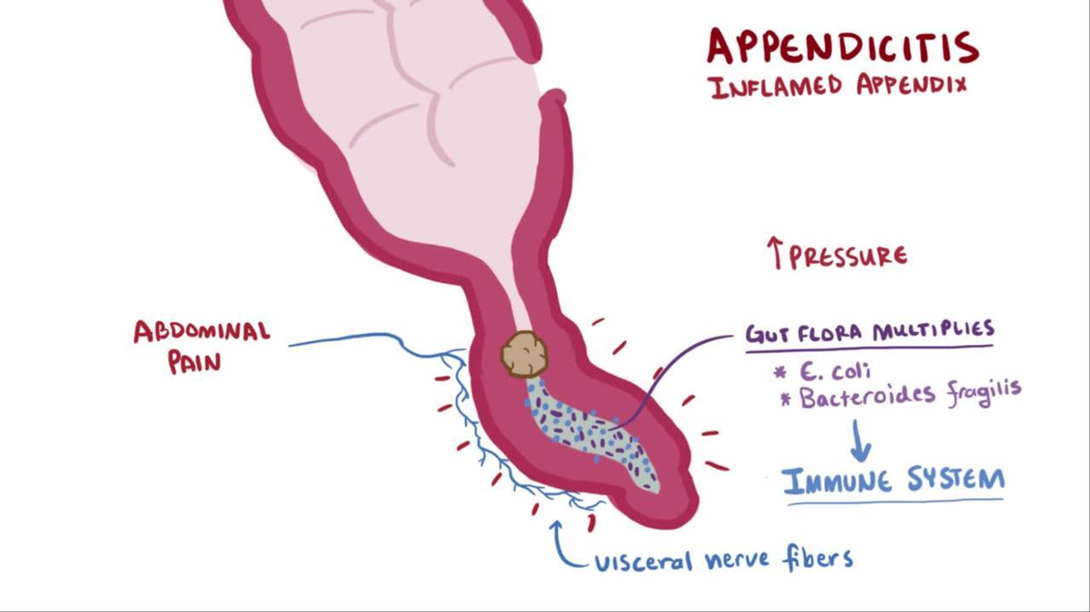Exhibits
The triage nurse does a rapid assessment of the client. Which data indicates the client is in need of immediate health interventions?
The client's age
The client's facial droop
The client's garbled speech
The client's alcohol consumption
The client's seafood intake
The Correct Answer is B
a) The client's age: The client is 70 years old, which puts her at a higher risk of having a stroke or other cardiovascular problems. Stroke is a medical emergency that requires prompt treatment to prevent brain damage and disability.
b) The client's facial droop: The client has a noticeable facial droop, which is a sign of facial nerve weakness or paralysis. This can be caused by a stroke, Bell's palsy, or other neurological conditions. Facial droop can affect the client's ability to speak, eat, and express emotions.
c) The client's garbled speech: The client has garbled speech, which means she has difficulty producing or understanding words. This can be caused by a stroke, brain injury, or other disorders that affect the language areas of the brain. Garbled speech can impair the client's communication and cognition.
d) The client's alcohol consumption: The client had a few drinks at a seafood restaurant, which may have interacted with her medications or medical conditions. Alcohol can increase the risk of bleeding, lower blood pressure, and worsen dehydration. Alcohol can also impair the client's judgment and coordination.
e) The client's seafood intake: The client ate seafood at a restaurant, which may have triggered an allergic reaction or food poisoning. Seafood allergies can cause symptoms such as hives, swelling, breathing difficulties, and anaphylaxis. Food poisoning can cause symptoms such as nausea, vomiting, diarrhea, and dehydration.
Nursing Test Bank
Naxlex Comprehensive Predictor Exams
Related Questions
Correct Answer is B
Explanation
Choice A reason: The humoral immune response is mediated by B cells that produce antibodies against specific antigens. However, this response is not the main problem in AIDS, because B cells are not directly affected by the human immunodeficiency virus (HIV) that causes AIDS. Therefore, this choice is incorrect.
Choice B reason: The cellular immune response is mediated by T lymphocytes that activate other immune cells, such as macrophages, to destroy infected or abnormal cells. This response is the main problem in AIDS, because HIV infects and destroys CD4+ T cells, which are essential for coordinating the cellular immunity. As a result, the client becomes susceptible to opportunistic infections, such as Pneumocystis jiroveci pneumonia. Therefore, this choice is correct.
Choice C reason: Bone marrow suppression of white blood cells can cause immunodeficiency, but it is not the primary cause of AIDS. Bone marrow suppression can occur as a side effect of some drugs or treatments, such as chemotherapy or radiation therapy, but it is not directly caused by HIV. Therefore, this choice is incorrect.
Choice D reason: Exposure to multiple environmental infectious agents can challenge the immune system, but it does not necessarily cause it to fail. The immune system can adapt and respond to different pathogens, unless it is compromised by an underlying condition, such as AIDS. Therefore, this choice is incorrect.
Correct Answer is A
Explanation
Choice A reason: This is correct because performing a bedside pregnancy test is the intervention that should be implemented immediately by the nurse. This is to confirm or rule out pregnancy and inform the surgical team of any possible risks or complications that may affect the client or the fetus.

Choice B reason: This is incorrect because continuing with surgery as scheduled is not an appropriate intervention without verifying the pregnancy status of the client. Surgery may pose serious threats to both maternal and fetal health, such as bleeding, infection, anesthesia complications, or miscarriage.
Choice C reason: This is incorrect because calculating gestation from last menstrual cycle is not an accurate or reliable method of determining pregnancy. The menstrual cycle can vary widely among women and may be affected by various factors such as stress, illness, or medication.
Choice D reason: This is incorrect because notifying the surgical team to cancel the surgery is not a necessary intervention unless pregnancy is confirmed. Appendicitis is a medical emergency that requires prompt surgical treatment to prevent rupture, peritonitis, or sepsis.
Whether you are a student looking to ace your exams or a practicing nurse seeking to enhance your expertise , our nursing education contents will empower you with the confidence and competence to make a difference in the lives of patients and become a respected leader in the healthcare field.
Visit Naxlex, invest in your future and unlock endless possibilities with our unparalleled nursing education contents today
Report Wrong Answer on the Current Question
Do you disagree with the answer? If yes, what is your expected answer? Explain.
Kindly be descriptive with the issue you are facing.
